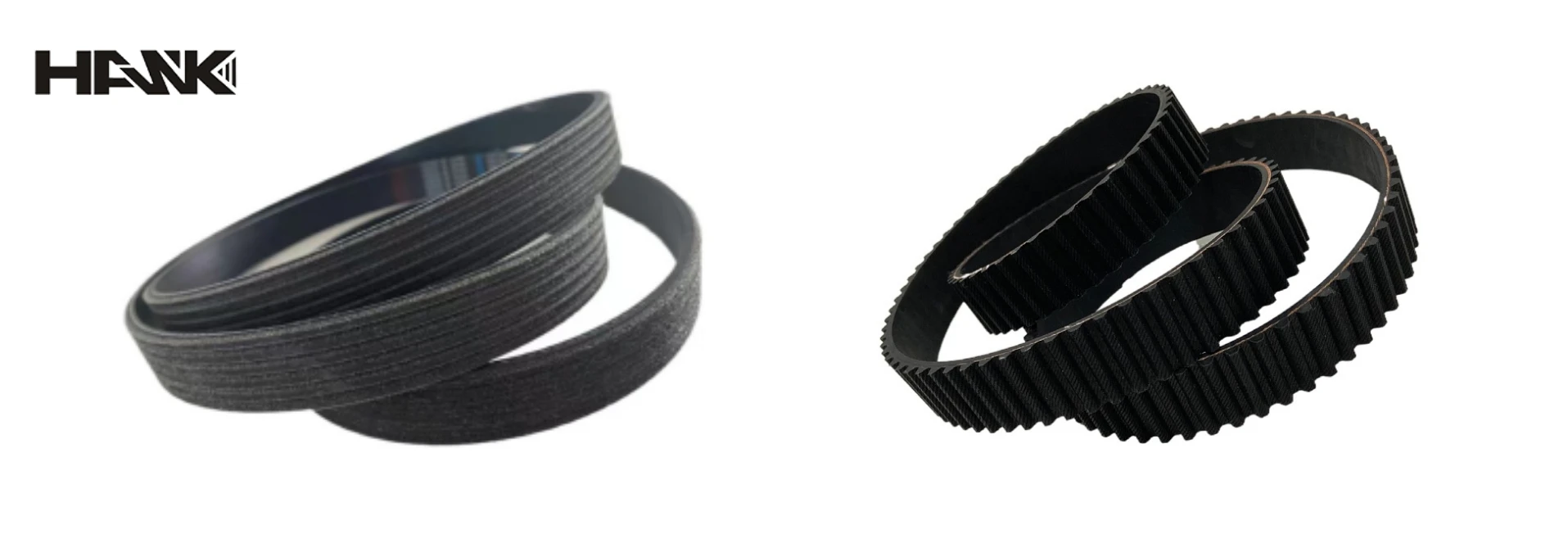- Arabic
- French
- Russian
- Spanish
- Portuguese
- Turkish
- Armenian
- English
- Albanian
- Amharic
- Azerbaijani
- Basque
- Belarusian
- Bengali
- Bosnian
- Bulgarian
- Catalan
- Cebuano
- Corsican
- Croatian
- Czech
- Danish
- Dutch
- Afrikaans
- Esperanto
- Estonian
- Finnish
- Frisian
- Galician
- Georgian
- German
- Greek
- Gujarati
- Haitian Creole
- hausa
- hawaiian
- Hebrew
- Hindi
- Miao
- Hungarian
- Icelandic
- igbo
- Indonesian
- irish
- Italian
- Japanese
- Javanese
- Kannada
- kazakh
- Khmer
- Rwandese
- Korean
- Kurdish
- Kyrgyz
- Lao
- Latin
- Latvian
- Lithuanian
- Luxembourgish
- Macedonian
- Malgashi
- Malay
- Malayalam
- Maltese
- Maori
- Marathi
- Mongolian
- Myanmar
- Nepali
- Norwegian
- Norwegian
- Occitan
- Pashto
- Persian
- Polish
- Punjabi
- Romanian
- Samoan
- Scottish Gaelic
- Serbian
- Sesotho
- Shona
- Sindhi
- Sinhala
- Slovak
- Slovenian
- Somali
- Sundanese
- Swahili
- Swedish
- Tagalog
- Tajik
- Tamil
- Tatar
- Telugu
- Thai
- Turkmen
- Ukrainian
- Urdu
- Uighur
- Uzbek
- Vietnamese
- Welsh
- Bantu
- Yiddish
- Yoruba
- Zulu
ඔක්. . 31, 2024 17:21 Back to list
Understanding Auto V Belts for Efficient Engine Performance and Durability
Understanding Auto V Belts Essential Components of Engine Efficiency
In the realm of automotive engineering, several components work synergistically to ensure that vehicles function optimally. One such critical component is the V belt, also known as a Vee belt. These rubber belts are widely used in automotive engines to transfer power from the engine's crankshaft to various accessories, making them indispensable for the smooth operation of vehicles.
The Design and Functionality of V Belts
V belts are named for their distinctive trapezoidal cross-section, resembling the letter V. This design allows them to fit snugly into pulleys, enhancing grip and minimizing slippage. They are typically made from a blend of rubber and reinforcing materials, providing the durability needed to withstand the constant friction and tension found in an engine compartment.
The core function of the V belt is to transmit rotational motion from the engine to essential components such as the alternator, water pump, power steering pump, and air conditioning compressor. By connecting these accessories to the engine, V belts play a crucial role in maintaining various functions that keep the vehicle operational, providing everything from electrical power to cabin comfort.
Common Issues and Maintenance
Despite their robust design, V belts are not immune to wear and tear over time. Common issues include cracking, fraying, and stretching. As the belt deteriorates, it may lose its grip on the pulleys, leading to reduced power transfer efficiency. A worn-out V belt can also create a loud squeaking noise, an indication that it may need to be replaced.
auto v belt

Proper maintenance is critical in prolonging the lifespan of V belts. Regular inspections for signs of wear and checking belt tension can help prevent unexpected breakdowns. Most manufacturers recommend replacing V belts every 40,000 to 60,000 miles, but this can vary based on vehicle use and environmental conditions.
The Evolution of V Belts
Historically, V belts have undergone significant evolution. Initially, flat belts were used, which lacked the efficiency and grip of modern V belts. With innovations in materials and design, the modern V belt has improved performance and versatility, including the introduction of multi-ribbed belts that enhance power transmission further.
Moreover, with the advent of newer technologies, alternatives like serpentine belts have emerged. These belts serve multiple functions and reduce the total number of belts needed in an engine compartment, simplifying maintenance and reducing the weight of the engine system.
Conclusion
In conclusion, auto V belts are fundamental components that ensure the efficiency and functionality of automotive engines. Understanding their design, purpose, and maintenance needs is essential for any car owner or enthusiast. As technology continues to evolve, the role of V belts remains significant, reflecting the ongoing innovations in automotive engineering. Paying attention to these crucial elements can enhance vehicle longevity and performance, ensuring that roads are safe and reliable for all.
-
Korean Auto Parts Timing Belt 24312-37500 For Hyundai/Kia
NewsMar.07,2025
-
7PK2300 90916-T2024 RIBBED BELT POLY V BELT PK BELT
NewsMar.07,2025
-
Chinese Auto Belt Factory 310-2M-22 For BMW/Mercedes-Benz
NewsMar.07,2025
-
Chinese Auto Belt Factory 310-2M-22 For BMW/Mercedes-Benz
NewsMar.07,2025
-
90916-02660 PK Belt 6PK1680 For Toyota
NewsMar.07,2025
-
drive belt serpentine belt
NewsMar.07,2025

